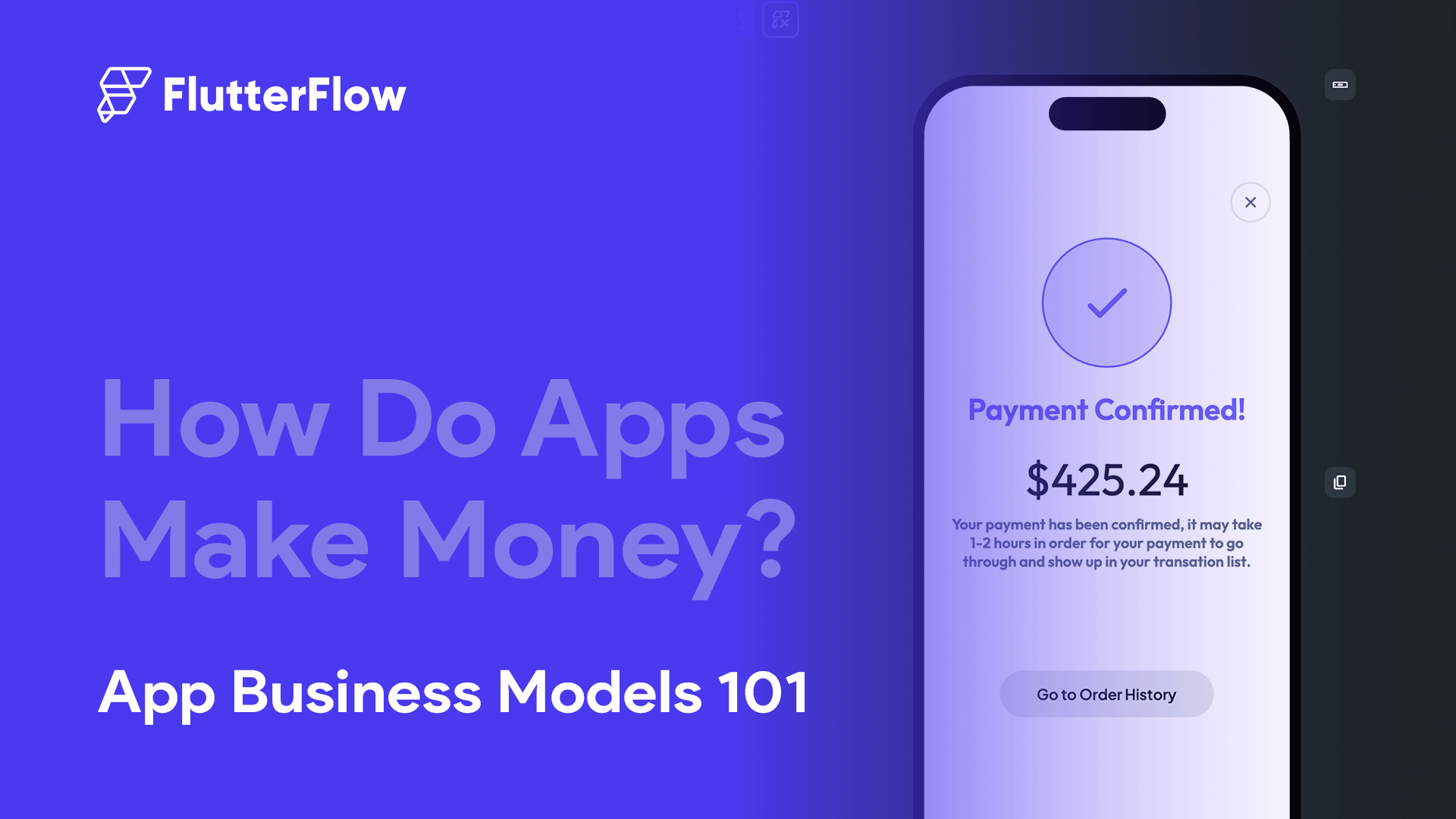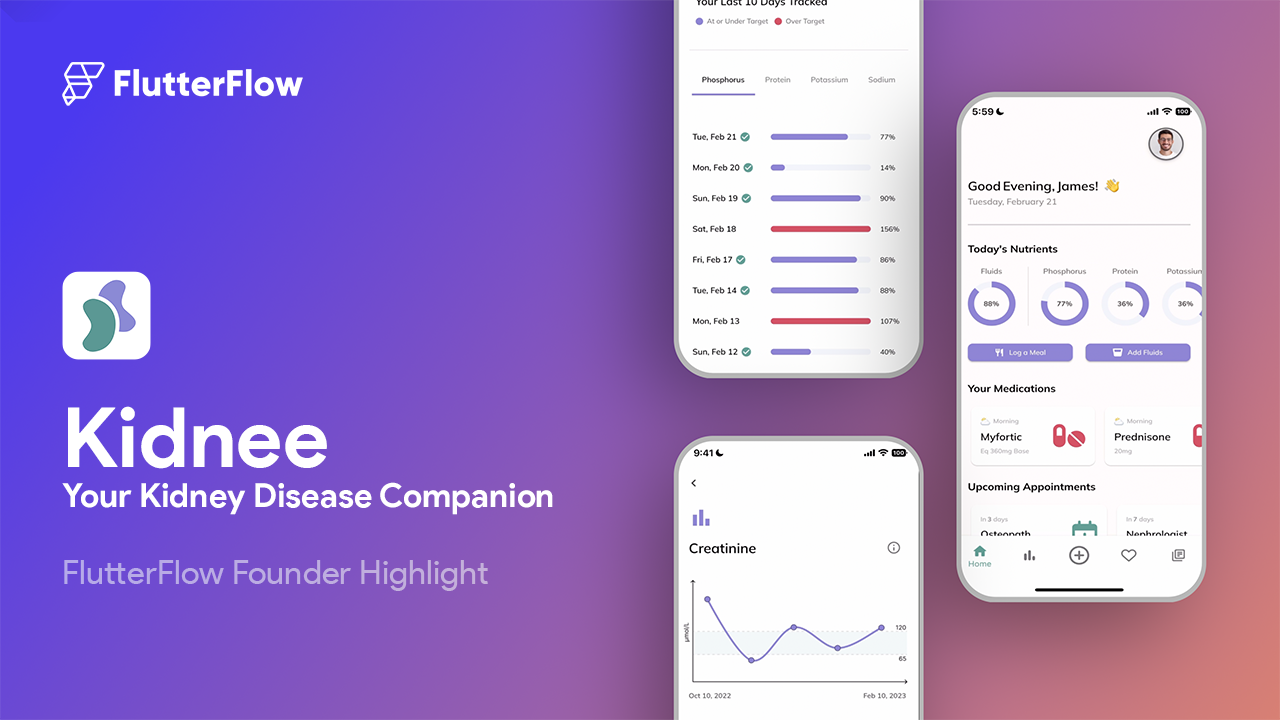Have you ever wondered how mobile apps generate revenue? In this blog, we will explore the various ways that apps make money, from in-app purchases to advertising and subscription models. We will also show you how you can start integrating these models into your apps using FlutterFlow!
Whether you're a user curious about the business behind your favorite apps or an app developer looking to monetize your own creation, let's dive into insights and tips on the different monetization strategies in the app industry.
Free Apps vs Paid Apps
When building a mobile-only application, there are 2 high-level payment structures through the Apple App Store or the Google Play Store: Free applications & Paid applications.

Free Applications: In this case, your app doesn’t offer in-app purchases or the ability to buy physical goods or services within the app, and doesn’t display advertisements. This is a great initial strategy to draw in as many users as possible, to validate your business idea, or as a lead generation mechanism to your existing business. It’s helpful to consider that one Google study found that 50% of mobile users have never paid for an app. This has resulted in free apps outnumbering paid counterparts in the app store. As of November 2022, nearly 97% of apps on Google Play and 94.2% on Apple’s App Store were free to download. Making your app free to start off is ideal to allow new users to quickly download your application.
Paid Applications: In the paid model, users pay once to download your app and are able to access all functionality. There are no additional charges or in-app purchases. You earn your primary revenue from the sales of your app. This model resonates with users who prefer to pay once to get the full experience and are generally well-utilized in niche industries. Because the cost to download might make users consider the app’s value more carefully, successful paid apps are often positioned as premium experiences through outstanding design, functionality, and marketing.
Note, however, that depending on which platform you use to host your application, a percentage will go to Apple or Google on an annual basis.
Apple App Store Hosting Cost: There is an annual fee of $99 for the Apple Developer Program and $299 for enterprise hosting. Additionally, Apple will take a share of your in-app purchase (digital goods) revenues & the total download revenues:
- 15% share if you make less than 1 million in annual app revenue through the App Store Small Business Program
- 30% if you make more than $1 million in annual net app revenue
Google Play Story Hosting Cost: Google takes 30% of your app revenue for both app downloads and in-app purchases. However after a year, it decreases to 15% of subscription revenue. The benefit of the Google Play store is a one-time registration fee of $25.
Now let’s dive into the business models that are utilized within most Free Applications & some Paid applications!
Model #1: In-App Advertising
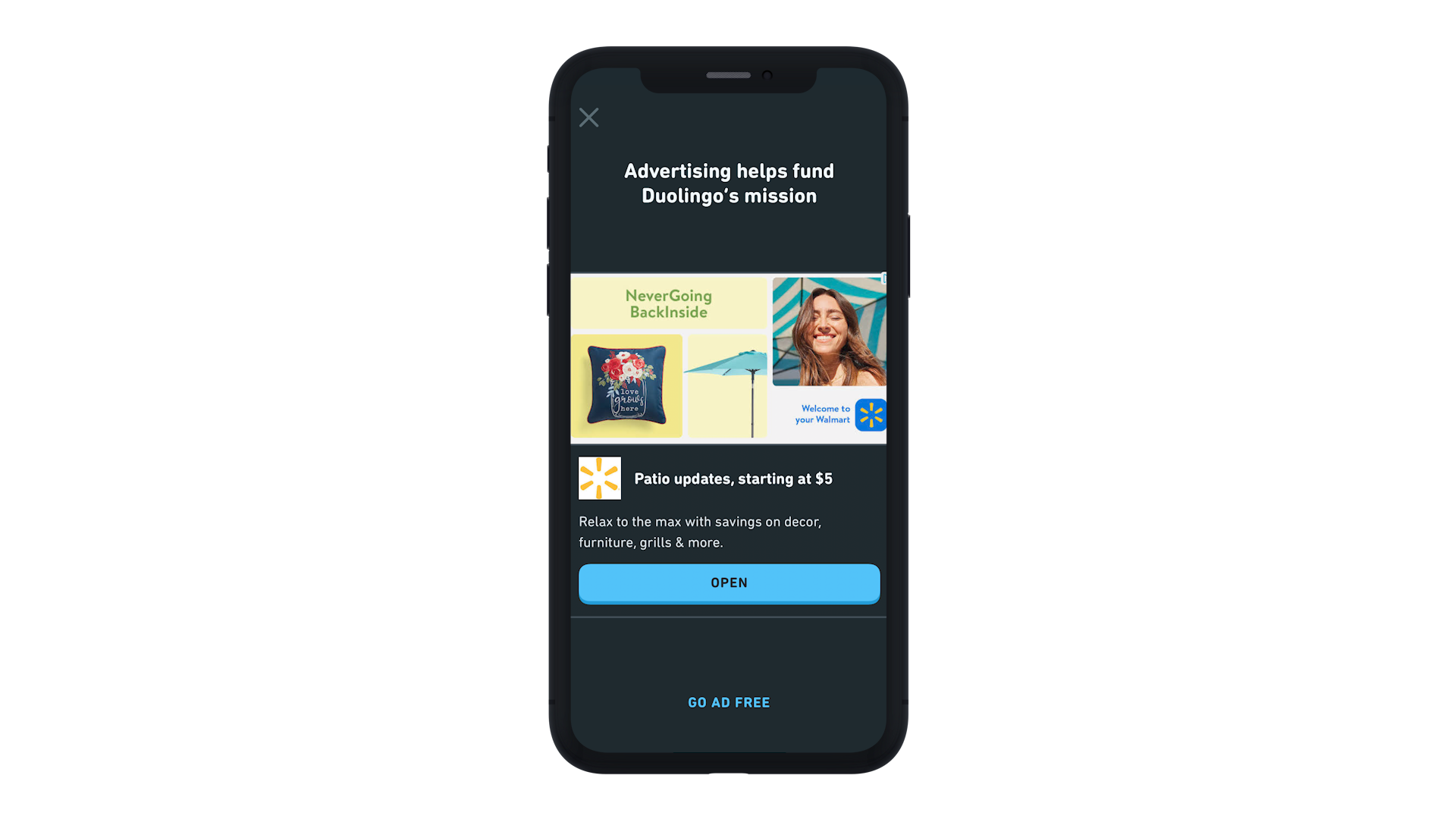
In-app advertising is the most popular form of monetization for free application and the easiest to setup. All you need to do is display embedded commercials within your application and receive payments from a third-party ad network. There are also a few different types of advertisements that you can select to operate within your application.
Interstitial ads: These types of ads are often triggered between app transitions and usually take up the entire page of the application. Think of the last time you had to find the small cross-button to close an ad.. that is an interstitial ad! Users have the option to close the ad, engage with the content to transport to the Ad page, or wait till the Ad timer has completed. Although these ads can be seen as intrusive for users, they prompt engagement & produce more revenue for publishers. You can read more about how to implement Interstitial Ads here.
Banner ad: Banner ads are usually images placed at the edges of the mobile device screen to prompt users to a new app or display a promotion. These types of ads allow the user to continue to engage with the application, but may contribute to a disruption of the app experience. It's good practice to showcase banner adds at natural points in UX flow, such as at the end of a transaction or before moving to the next step in a process flow.
In-stream video ads: These are digital advertisements that are displayed while users stream videos. These short video ads play automatically during natural pauses in the app or can be played on demand. They provide a non-intrusive way for app developers to generate revenue without using pop-ups or banners.
Rewarded video ads: Rewarded video ads are commonly used in gaming apps and allow developers to monetize their apps while providing a positive user experience. Users are rewarded for specific actions within the app, such as interacting with ads, completing sponsored surveys, or sharing content. In return, they can receive in-app currency or unlock additional features.
Native ads: Native ads seamlessly blend into the app's natural content and are designed to match the app's visual style, making them appear like regular content except for the sponsorship disclosure. A survey conducted in 2021 among global app publishers revealed that video ads were the most popular method for monetizing apps. 82% of mobile game publishers and 76% of non-gaming app publishers reported using video ads. Rewarded videos, due to their mutually beneficial nature for both advertisers and users, are considered to be the most profitable type of ad.
How to implement In-App Ads with Low-Code
In-App Ads work by integrating Ads into your platform through adnetworks, such as Google AdMob, Smaato, and AppLovin among others. However, FlutterFlow has a built in AdMob integration. AdMob works by matching ads to your app based on criteria you set. The ads are created and paid for by advertisers who want to promote their products. You can select which type of ads you would like to activate based on your In-App Ad strategy.
You can watch the full tutorial here:
Model #2: Affiliate Marketing
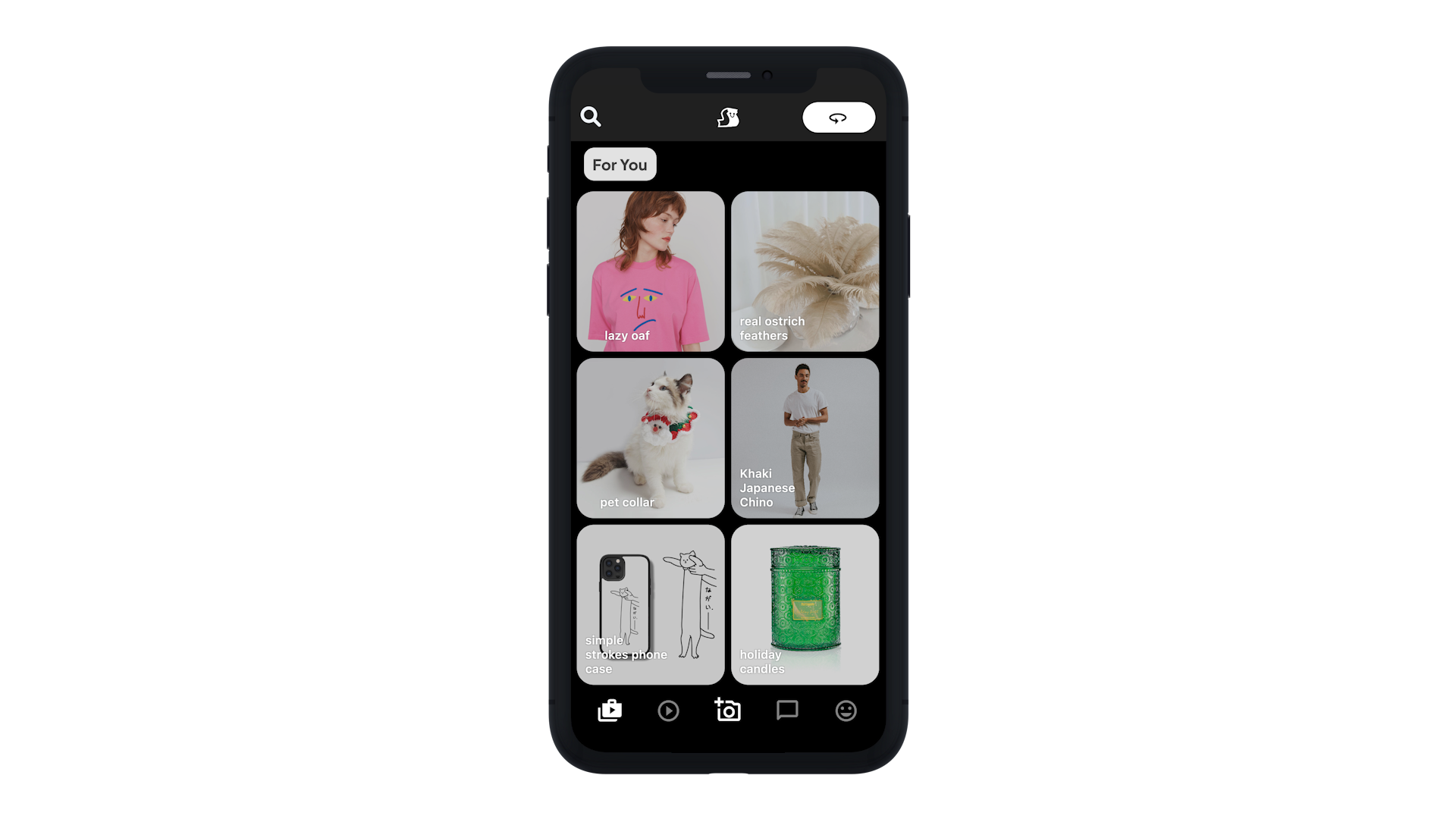
Free apps also generate income through affiliate marketing, which is a monetization model closely tied to in-app advertising. However, in affiliate marketing, the apps recommend carefully curated companies, products, or apps that are tailored to their specific audience. Publishers promote these products or showcase information about affiliate companies through ads or utilize in-app stores to sell the services and products offered by the affiliates, primarily apps and games. Creators selling bespoke items or E-commerce marketplaces often benefit from this model.
An example of an affiliate marketing program is Amazon Associates. App builders can handpick items they wish to advertise, embed links within the app, and earn commissions of up to 10% from qualifying purchases!
Model #3: Freemium/Premium

Freemium apps are applications that provide both free and premium features, ensuring accessibility to all users regardless of their spending choices. These apps offer the option to enhance or personalize the experience through paid upgrades. Revenue is generated through in-app purchases or a subscription model. Under the freemium model, users can download the app for free and have the choice to make optional in-app purchases for premium features, additional content, subscriptions, or digital goods.
There are two types of subscriptions available:
- Auto-renewable subscriptions: Users can purchase ongoing access to services or regularly updated content, such as monthly access to cloud storage or a weekly subscription to a magazine. Charges are recurring until the users decide to cancel.
- Non-renewing subscriptions: Users can purchase access to services or content for a limited duration, like a season pass for streaming content. These subscriptions do not renew automatically, so users need to manually renew each time.
Model #4: In-app purchases
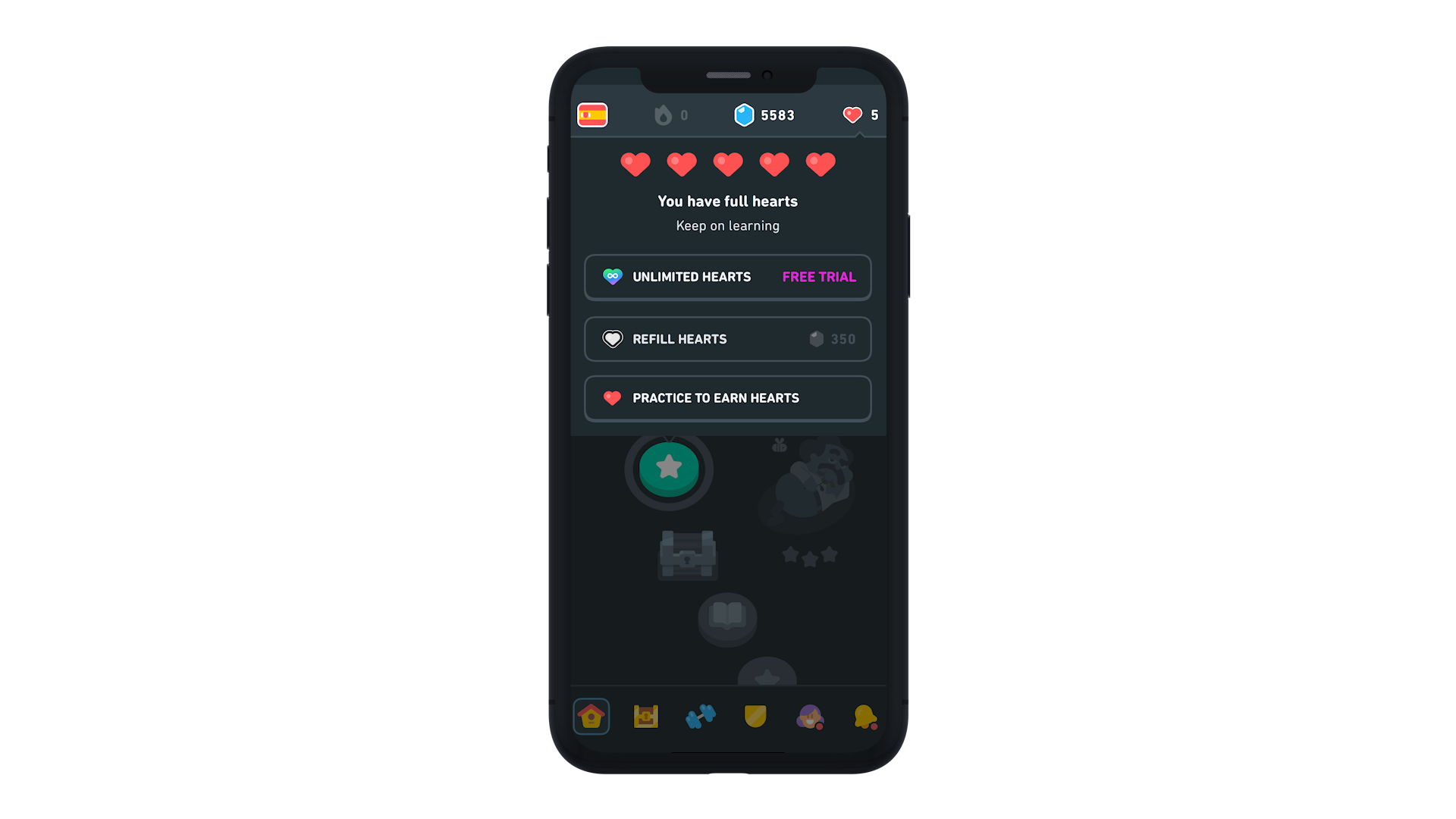
The in-app purchases model offers a range of products and services for sale within the app. These can range from anything, such as premium content and virtual items to actual tangible goods or merchandise.
Consumables - Users can purchase different types of consumables, such as lives or gems in a game, to further their progress through an app. Consumable in-app purchases are depleted as they’re used, and can be purchased again. An example would be
Non-consumable. Users can purchase non-consumable, premium features within an app. Non-consumables are purchased once and do not expire, such as additional filters in a photo app. Apple is capable of hosting content associated with your non-consumable in-app purchases.
In-App Purchases + Freemium Model using RevenueCat
With FlutterFlow, you can use conditional visibility & our RevenueCat integration to set up your Freemium & Premium features within your application. RevenueCat
makes implementing in-app purchases and subscriptions easy by handling all purchase validation operations. With RevenueCat, you can allow users to purchase subscriptions, make certain features paid, and manage your payments!
Check out the full tutorial on how to integrate RevenueCat in FlutterFlow:
Model #5: Sponsorship
A mobile app targeting a specific niche with a large user base has the opportunity to secure sponsorship from a company with similar target audiences. By aligning interests, the app's content, ads, and overall experience are tailored to promote the sponsor's brand. Strategic research by app developers allows them to launch the app on behalf of an organization or brand right from the start, resembling an exclusive partnership.
Under this arrangement, revenue generated by the app is either shared between the partners or the publisher receives a monthly sponsorship fee. This strategy not only boosts the app's promotion but also expands its user base, as sponsors typically boast a significant online presence, a strong following on social media, and a loyal customer base.
Model #6: Paid App with Premium Features
In this combination of the paid and freemium models, users pay to download your app and have the option to buy additional features, content, or services through in-app purchases if they want to engage more deeply. It offers the possibility of lowering the app’s download price while using in-app purchases for ongoing monetization. Successful "pay-mium" apps offer premium design, functionality, and content, as well as advanced features intended to complement the experience.
As with paid apps, the cost to download might make users consider the app’s value more carefully. In this case, you should set expectations about what users get when they pay up front and what they’ll get if they purchase optional enhancements. Keep in mind that creating in-app purchases for features that are required to use the app can cause a negative experience and may affect your sales and retention.
Tip: Build for both Web & Mobile in FlutterFlow.
Although this blog covers Mobile-specific application models, you can expand your business model by creating a cross-platform app with FlutterFlow. FlutterFlow allows you to build a web app and a mobile app with the same database, while showcasing different experiences to the user. In this case, you can also develop web-only features that can be free or paid. This can be set up using conditional visibility and by creating visual logic in FlutterFlow that will target certain users based on their viewing device. If you want to learn more about building web-applications in FlutterFlow, check out our livestream on this topic to get started.
Conclusion
In conclusion, apps have numerous revenue-generating options, ranging from traditional paid models to modern freemium and in-app advertising approaches. However, the key lies in ensuring sustained user engagement. If ads or in-app purchases hinder the user experience, users will most likely leave the experience. App developers must prioritize monetization methods that not only generate income but also provide value to users. This can be achieved by enhancing app experiences or unlocking additional features and capabilities.
By understanding the various monetization strategies available, app developers can enhance their chances of success in the fiercely competitive app industry and establish thriving businesses. Hope this blog helps you build different as you take on your building journey on FlutterFlow.io!


